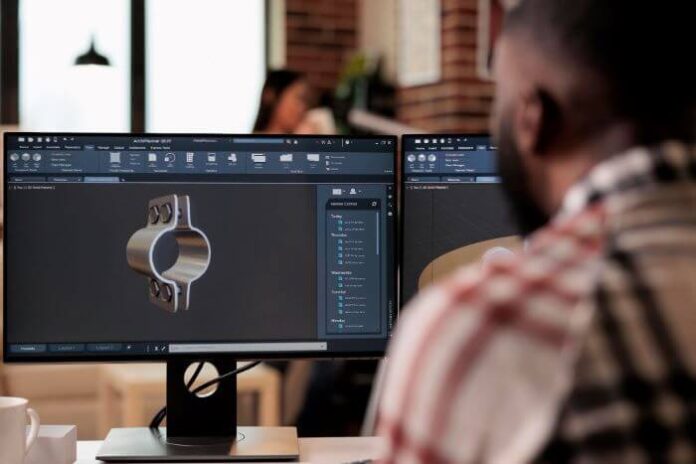Regardless of the field it is, innovation and progress are the pillars of any thriving business. In today’s fast-paced world, companies must continually seek ways to enhance their products and maintain an edge. And that is where prototyping comes to the scene.
By enabling businesses to visualize and test concepts before production, prototyping provides the benefit of being able to save time and cost. However, when it comes to prototyping, there is one technique that surpasses all others. That is cutting-edge injection molding.
In this article, we will be taking a closer look at injection modeling and how it has become a game changer in the industry. Just keep reading.
Understanding Injection Molding
Before exploring the advancements in injection molding, let’s take a moment to understand what this method is all about. In simple terms, it is a manufacturing method where molten material, usually plastic, is injected into a mold cavity, cooled down, and solidified into the desired shape or part.
Injection molding presents advantages over manufacturing techniques like CNC machining or 3D printing. It allows for repeatability, control over dimensions, intricate geometries with detailed features, and rapid production times.
Considering these merits, it’s no surprise that injection molding has gained acceptance across various industries, especially when it comes to making a prototype.
Progress in Injection Molding
As the realm of technology continues its advancement, so does injection molding. In the last couple of years, there has been tremendous improvement in this innovative technology.
To better appreciate injection modeling, let’s take a quick look into some of the advancements that have completely transformed the prototyping process.
#1: Embracing Digital Prototyping
Gone are the days when designers had to create molds for every design iteration. Nowadays, injection molding processes seamlessly integrate with design software such as CAD (Computer Aided Design) systems.
This empowers designers to craft 3D models effortlessly. By utilizing prototypes in the stages of product development, designers can readily identify flaws or areas for enhancement before making expensive commitments to tooling costs.
#2: The Era of Rapid Tooling
Traditionally, creating molds for custom injection molded parts was a time-consuming endeavor requiring toolmakers and considerable lead times. However, rapid tooling has emerged as a game-changer in the industry.
Rapid tooling combines manufacturing techniques with machining methods, effectively slashing both the time and cost associated with mold creation. As a result, designers can rapidly test design iterations without compromising quality or precision.
#3: Leveraging 3D Printing for Prototyping
While injection molding is not itself a printing process, these two technologies complement each other perfectly when it comes to prototyping. 3D printing allows for the creation of master patterns or prototypes that are subsequently used in producing molds for injection molding.
With the utilization of printers, businesses can take advantage of their speed and flexibility to swiftly refine designs and validate concepts before investing in expensive injection-molded prototypes.
#4: Innovations in Materials
The selection of materials plays a role in manufacturing high-quality parts through injection molding. Thankfully, material scientists are continuously developing materials that offer enhanced properties like increased strength, heat resistance, chemical resistance, and flexibility.
These advancements in material science empower designers to create parts that meet demanding requirements while keeping costs manageable. The availability of materials for applications makes injection molding exceptionally versatile for prototyping purposes across various industries such as automotive, aerospace, consumer electronics, and medical devices.
#5: Incorporating Automation
Many industries, including injection molding, now use automation. It makes production faster and reduces mistakes. Machines can quickly do jobs like taking parts out of molds or assembling them, better than manual labor.
Using automation means less downtime and more work done. This lets workers focus on special tasks, like watching for problems during production. This results in better quality and fewer mistakes from human error.
Final Note
Prototyping is key for business success today. Using the latest in injection molding technology helps companies perfect their ideas and get top-quality products out faster. Thanks to quick tooling and some recent developments that have happened to the method, the way products are developed is changing.
These new methods can help any business, new or old, stay ahead and produce top-notch items. If you’re looking to improve or validate an idea, consider these modern molding methods for your prototypes. They can really boost your product’s potential.







